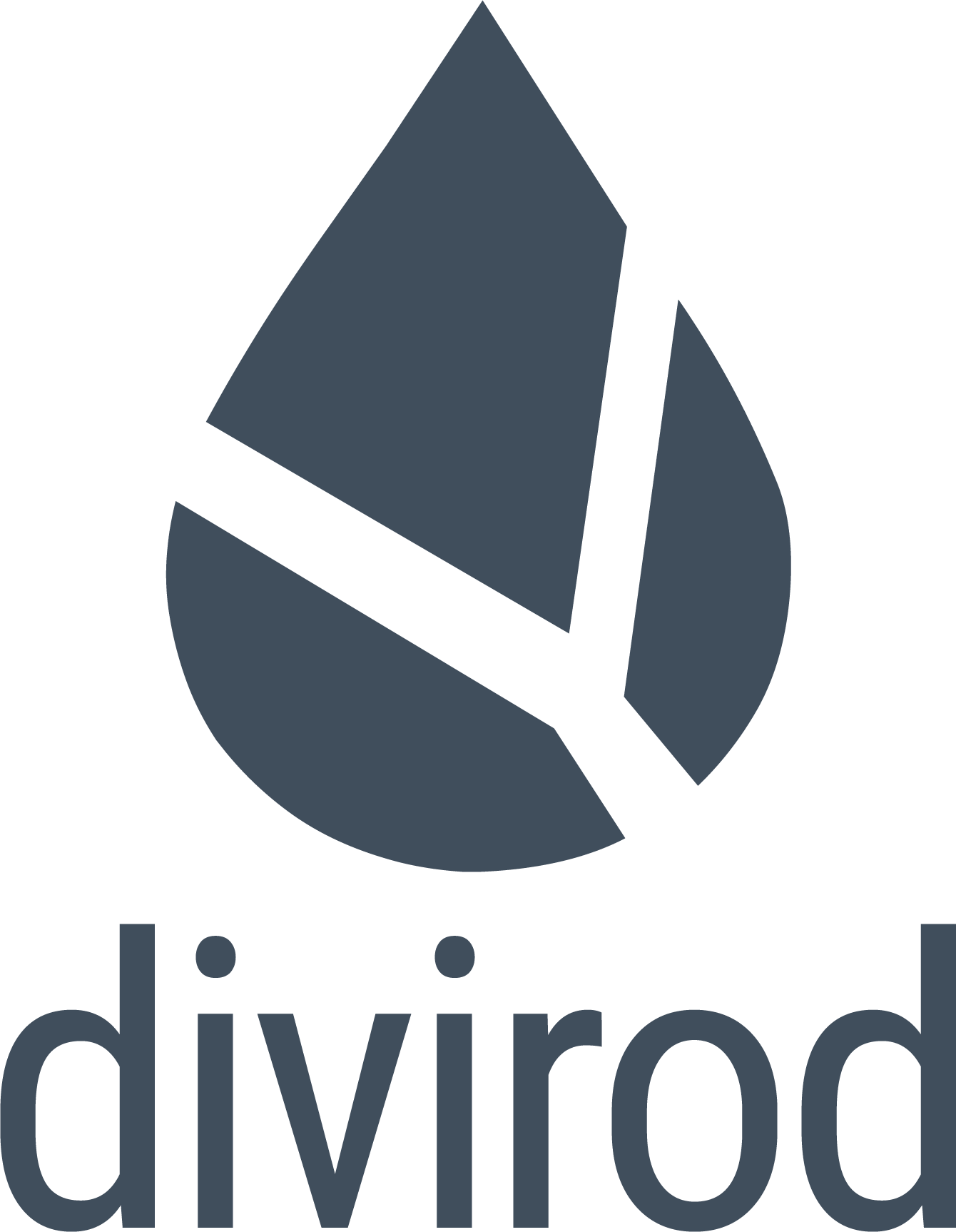Risk Mitigation Explained: Definition & Strategies
In an ever-evolving world marked by uncertainties, the concept of risk mitigation has become central to businesses and projects of all scales. From start-ups to multinational corporations, everyone faces risks that can impact their success. Understanding and addressing these risks proactively is what sets successful endeavors apart from the rest. So, what exactly does risk mitigation entail, and how can businesses harness its power effectively?
Defining Risk Mitigation
Risk mitigation refers to the systematic process of identifying, evaluating, and reducing or eliminating potential threats to a project, business, or operation. It is about foreseeing possible challenges and implementing measures to either prevent these challenges or manage their impact should they occur.
The Importance of Risk Mitigation
In a world where change is the only constant, being prepared for uncertainties is not just advisable; it is imperative. Here's why risk mitigation is crucial:
Protecting Investments: Businesses invest time, money, and resources in their operations and projects. Mitigating risks ensures these investments yield returns.
Enhancing Stakeholder Confidence: When stakeholders see that an entity is proactive in addressing risks, it boosts their confidence in the entity's ability to deliver on its promises.
Ensuring Continuity: Unexpected challenges can disrupt operations. By mitigating risks, businesses can ensure continuity and stability.
Key Risk Mitigation Strategies
There's no one-size-fits-all approach to risk mitigation. Different businesses and projects have unique risks, and as such, the strategies to address them vary. However, certain core strategies are universally applicable:
Risk Avoidance
This involves eliminating any activity that may pose a potential risk to the business. For instance, if a business identifies a particular market as highly volatile, it may choose not to enter that market.
Risk Reduction
Here, while the risk is not entirely avoided, measures are put in place to reduce its impact. An example might be a manufacturing company implementing rigorous quality checks to reduce the risk of product defects.
Risk Sharing
In this strategy, the risk is shared or distributed among multiple parties. Businesses often do this through partnerships, joint ventures, or outsourcing.
Risk Retention
Sometimes, the cost of mitigating a risk may outweigh the potential damage. In such cases, businesses choose to retain the risk, accepting the consequences if it materializes.
Risk Transfer
This involves transferring the risk from one entity to another, usually in the form of insurance. Businesses often insure against risks like property damage, theft, or professional liability.
Real-World Applications of Risk Mitigation
To further elucidate the concept, let us look at some real-world applications:
Infrastructure and Construction
In large-scale infrastructure projects, there is a multitude of risks, from cost overruns to safety concerns. Implementing rigorous project management protocols, quality checks, and safety measures are examples of risk mitigation in this sector.
Finance and Investment
Financial markets are inherently volatile. Here, risk mitigation may involve diversifying investment portfolios, hedging, or even investing in stable assets like government bonds.
Environmental Management
With the increasing incidence of natural disasters, entities involved in inland water and flood management or coastal water and flood protection are often at the forefront of risk mitigation. They implement strategies ranging from infrastructure development to community awareness programs to reduce the impact of potential natural disasters.
Real Estate and Property
For those in real estate or involved in property maintenance, risks might range from property value depreciation to potential damages. Here, mitigation strategies could include regular property inspections, insurance, or investing in areas with stable property values.
Tools and Techniques
While understanding risks is the first step, having the right tools and techniques to identify, assess, and mitigate them is equally vital.
Risk Assessment Frameworks: These structured frameworks help in identifying and evaluating risks based on their likelihood and impact.
Quantitative Analysis: This involves using statistical methods to predict the potential impact of risks.
Scenario Analysis: Here, different risk scenarios are imagined and analyzed, helping businesses prepare for multiple outcomes.
Harnessing Technology for Risk Mitigation
With the advent of advanced analytics and artificial intelligence, businesses can now utilize technology to predict and manage risks with greater accuracy. Machine learning models can analyze vast amounts of data to forecast potential threats, allowing organizations to take preventive actions well in advance. This digital evolution in risk management underscores the importance of integrating technology into traditional risk mitigation frameworks.
Navigating Challenges with Preparedness
Risk mitigation is not just about foreseeing and managing challenges; it is about navigating them in a manner that fosters resilience and growth. As businesses continue to evolve in a dynamic global landscape, the principles of risk mitigation remain more relevant than ever. By embracing both traditional strategies and modern technological advancements, businesses are better equipped to turn uncertainties into opportunities, ensuring sustained success in the face of adversity.


